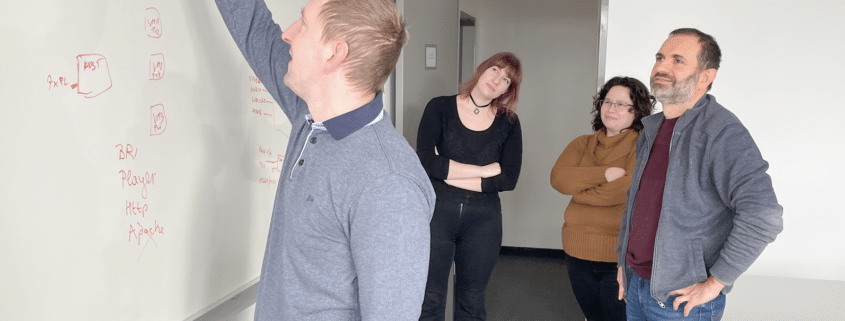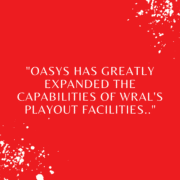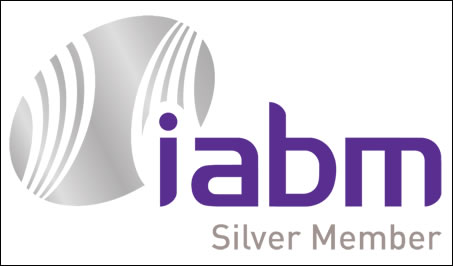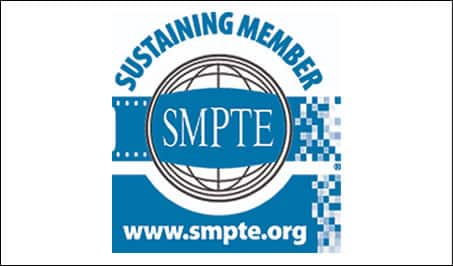The Importance of Workflow in Broadcast Media
In the broadcast world the process necessary to take a program and broadcast it to viewers can be quite complicated. Lots of things can go wrong.
Video tape is no longer used and has been replaced by digital video which, in the beginning made things more complicated for broadcasters. Things like video file format, audio, captioning, graphics, scheduling commercial breaks as well as the programs must go smoothly to create a full day of programing and and get it ready to broadcast. Now multiply this process over 24 hours per day and 168 hours per week and the workload can be staggering.
To maintain quality, TV stations use specific routines and processes, called workflows, managed by highly qualified technical staff, to ensure the correct programs air at their scheduled time.
Each workflow can have multiple steps and go though multiple forms of processing or editing to become broadcast-ready.
To make the overall process as efficient as possible, TV stations are constantly looking for ways to improve their workflows, and that means reducing the complexity and number of steps required down to the fewest number of steps possible. With so many different steps and potential friction points, the work can be stressful and anxiety producing. If the workflow isn’t simplified, clearly outlined, and properly managed, many broadcasters can find it difficult to do their job to the best of their abilities.
That’s why the workflow is important. A well constructed workflow can improve efficiency and productivity while improving quality and at the same time helping to create a more stress-free environment.
Let’s use WVIA as an example.
Joe Glynn and his staff at WVIA provided live captioning to their viewers. The amount of live captioning the station needed each week was limited but the work associated with getting live captions on-air was not. The station was using human-generated live captions through an outside vendor.
Their workflow to produce the live captions was inefficient. It involved working with an outside company that provided captioners for live shows. This meant that every week, someone from the station needed to call the captioning company, schedule the captioner, provide all the details for the show, and arrange for testing prior to the show airing.
Before the show began, an engineer or operator was required to connect the call to the audio bridge and test the outbound audio. The captioner was required to call in and confirm they were present before the show began, which didn’t always happen. If the captioner did call in to confirm their presence, then the station had to connect to the captioning encoder to ensure that captions would actually show up on the screen.
After all the planning the station often ran into multiple issues that needed to be addressed at the last minute. No pressure right?
They often weren’t able to perform a necessary audio test with the captioner before the show because they had to do microphone checks for the show. Or if the caption encoder wouldn’t connect before the show a second engineer was necessary to fix the issue to while another engineer continued to get the system ready for the live broadcast.
This workflow was full of stress, constant problems, and little efficiency. Not only that, but the workflow of adding live captions actually hindered their quality and success in other areas of the broadcast.
That’s why workflow is so important – a good workflow improves quality and success while also ensuring that no other workflows are hindered in the process.
To find a solution and eliminate the workflow issues surrounding live closed captioning, Joe reached out to our team at BroadStream to see how we could help. We recommended VoCaption to provide an Automated Live Captioning Solution and helped his team with the installation and training. Once in place, their workflow problems were eliminated.
Today, with one simple mouse click, live captions are triggered and on-screen. No planning, no worry. Hours of work were reduced to that one mouse click. Simple, easy and at a cost savings as well.
The team now has more control. They no longer rely on a third-party for their live captioning because a complicated workflow was eliminated by new and proven technology.
If you want to know more or see a demo, reach out to us on our Contact page.









